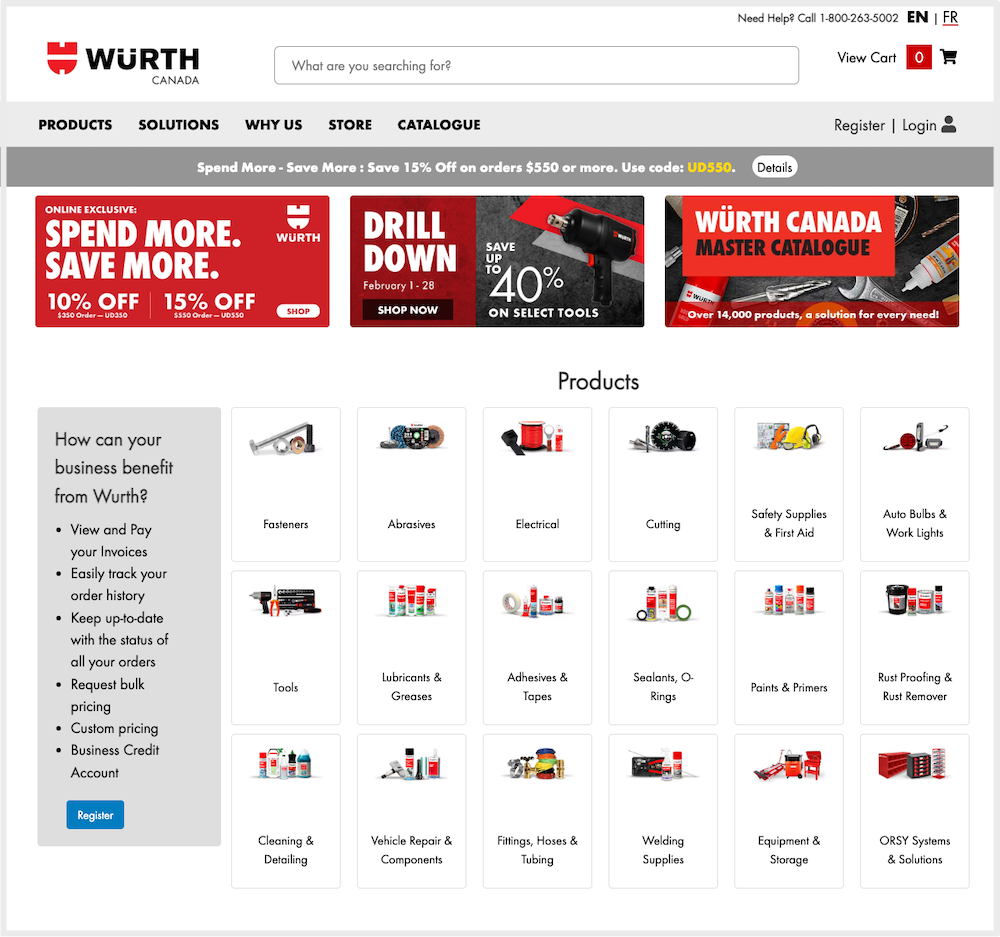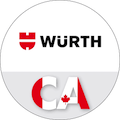Solutions
Article numbers
Our semantic search capabilities enabled us to extract meaning, and structure Würth's attributes regardless of their formatting. As a result, attributes such as "Article numbers" are suitably categorized.
Data import
We fine-tuned our web crawler to regularly scrape all the data related to Würth products from their website (i.e., including additional features and reviews, etc.) so that we were able to enrich the search logic with both soft (e.g., durable gloves) and hard (e.g., latex-free) facts which were otherwise missing from the data feed.
We're currently working on directly integrating with Würth's PIM and cleaning up the data set with our semantic engine.
Search relevance
Our vast and highly-customizable ontology enabled us to properly categorize every single product. As a result, a query with a brand name such as "Purlogic" would return all types of products, in this case related to sealants.
The search also understands product attributes and pre-filters the results accordingly, e.g., based on color or material.
Filters
We assisted Würth in removing duplicate data over the years, and they removed redundant attributes, common to many products. Instead, they only added the most useful and used filters.
They chose to pin three key filters (category tree, available in-store, and customer rating), so there are always shown on top, followed by other attributes (material, thickness, amperage, length, etc.) which can be displayed or hidden depending on their relevance to the search query. These can also be re-ordered over time based on usage.



